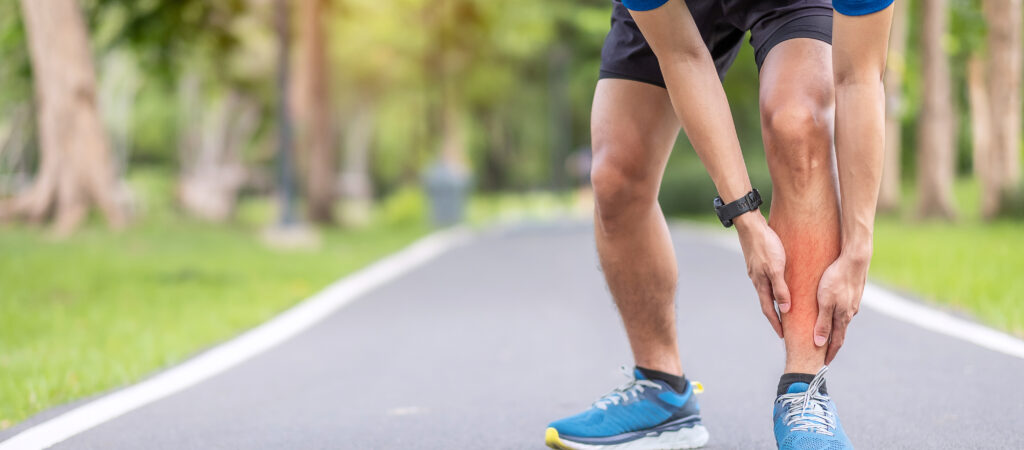Have you ever felt a sharp pain in your shins and wondered why? This article will cover what shin splints are, how they happen, and why people get them. Keep in mind that I am not a medical professional and cannot give medical advice, however, I have experienced them multiple times in my running career and know my fair share about shin splints.
What are shin splints?
Shin splints are normally a sharp stabbing pain along your shin bone, which is in the area between your knee and ankle. The pain can occur in the front and/or sides of your shin. Having shin splints can make your shin sensitive to touch, which I know can be very frustrating. The unfortunate reality is that shin splints are caused by overuse, meaning this is a stress related injury. If shin splints are not treated, they can turn into what is called a stress fracture, but that will be covered in a later article. The reason stress related injuries can be frustrating is because the only way to fully heal is to rest. Rest can take on various forms such as a decrease in training or simply no training at all.
How do you get shin splints?
Shin splints happen from repeated stress and use, especially when your foot is constantly striking a hard surface, such as cement or track. A person who does a lot of road running or is in track season is more likely to get shin splints than someone who runs on grass due to the hardness of the surface your foot is hitting. I always get them every track season, no matter what preventative measures I take. The reason runners get shin splints is the repeated use causes the tissues surrounding the shin to become inflamed. This inflammation causes the tissues to swell, which in turn puts pressure on the shin bone. The pressure is what causes the pain.
Why do people get shin splints?
If you got shin splints, it could be something you are doing wrong that you may or may not realize. Shin splints can be a result of a lot of road running, as previously mentioned, but just because you are training on a road does not mean you are guaranteed to get shin splints. The higher the intensity the earlier on in your training the more likely you are to get shin splints. For example, if you have only been running a week or two on the road and then decide to jump into very high intensity workouts without building up to it, you have a good possibility of developing shin splints. To decrease the likelihood of getting shin splints, you need to ease your way into training on the road or track. I say road or track, but this is true of any hard surface you run on.
People are also more likely to get shin splints depending on how their foot hits the ground, specifically if you overpronate. Overpronation is when you land on your heel, but then your foot rolls inward to absorb the impact, finally your big toe pushes off. There are shoes to help with this and I will be creating a future article discussing this in depth, but for now, just look for shoes that are for overpronation.
In order to make shin splints go away, you must reduce the inflammation. If you get shin splints, the best thing to do is rest, ice, and elevate your legs. Pain medications such as ibuprofen could help because ibuprofen is an anti-inflammatory and shin splints are caused by inflammation. There are preventative measures, but how well they work depends on how closely you follow them. For me personally, shin splints during track season are inevitable, but these preventative measures make it so I don’t get them until later in the season. During the cross country season, however, I never get shin splints. This is because cross country is primarily on a softer terrain than track and during high school track, there was little to no conditioning on the actual track. Conditioning is very important before a sport because it gets your body used to running before the high intensity workouts start.
I just finished my other articles, How to Treat Shin Splints and How to Prevent Shin Splints. These articles explain the preventative measures I use, as well as the different treatment methods I use once I get shin splints, respectively. They will be linked to this article, so you can jump around and read what you need to in order to get back to racing at 100%.

